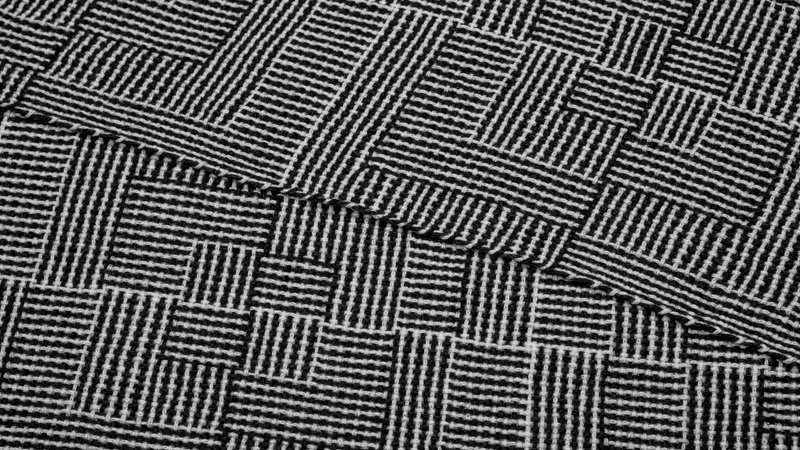When designing shadow weave, I often try to obtain smooth flowing shapes and curves. Recently, I learned that blocky shadow weaves lead to just as interesting designs.
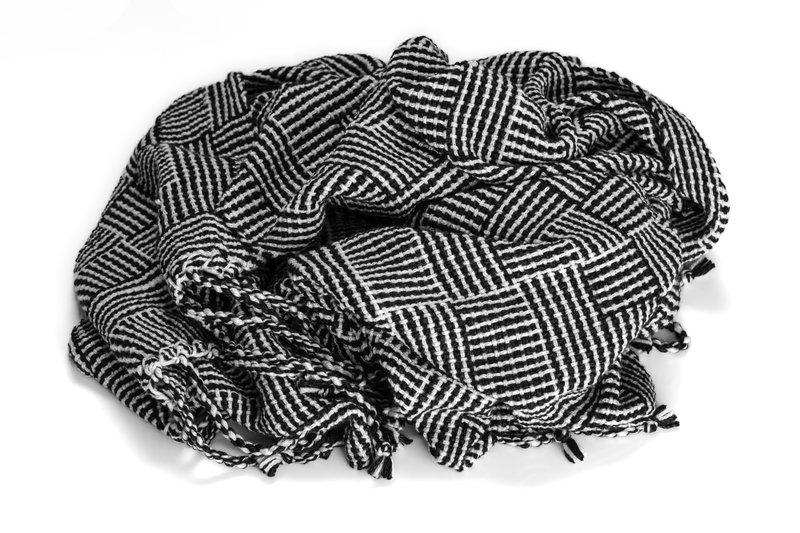
In search of shadow weave
A couple of months ago, I was asked if I could make a wide shawl in black and white. My mind immediately went to shadow weave. This weaving structure uses two colors and a sett comparable to plain weave. This loose sett would give me a wide shawl — without becoming too heavy due to large amounts of yarn. I also quickly decided on the yarn: Alta Moda Cotolana by Lana Grossa. As the name suggests, it is a blend of cotton and wool. The yarn has a chain construction, and due to the merino wool and pima cotton it is ever so soft to the touch.

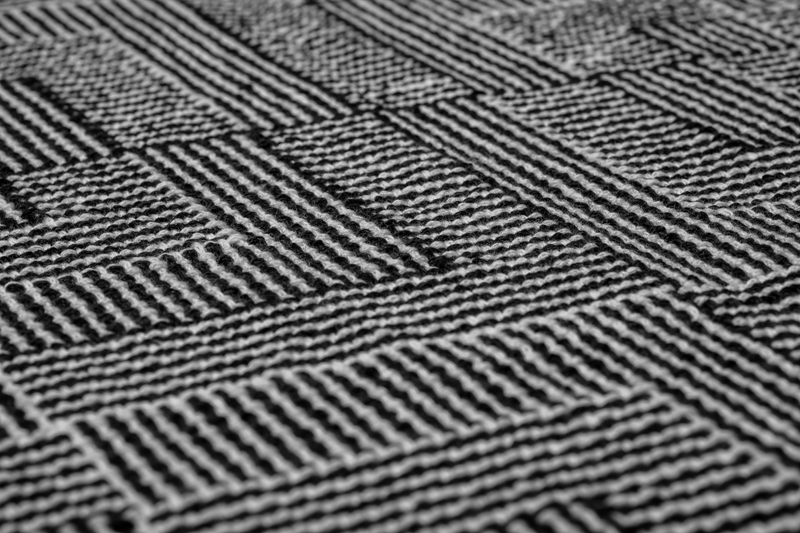
I started designing in Fiberworks by playing around with my regular approach to shadow weave: creating smooth flowing shapes. Such smooth curves are created when the blocks of the shadow weave structure are threaded and treadled in their ‘appropriate’ ascending or descending order. Yet, none of the designs I came up with excited me. In need of some inspiration I turned to the worldwide web.
Not so black and white
I was happily surprised when I saw the shadow weave designs of The Loomy Bin. These designs were more blocky than the flowing curves I usually strive for. Yet, they were just as (if not more) interesting and the stark contrast in the shapes intrigued me. I especially liked the ‘Nested Squares’ design. There is something about the design that just makes you want to keep looking at it. It almost feels like an optical illusion.
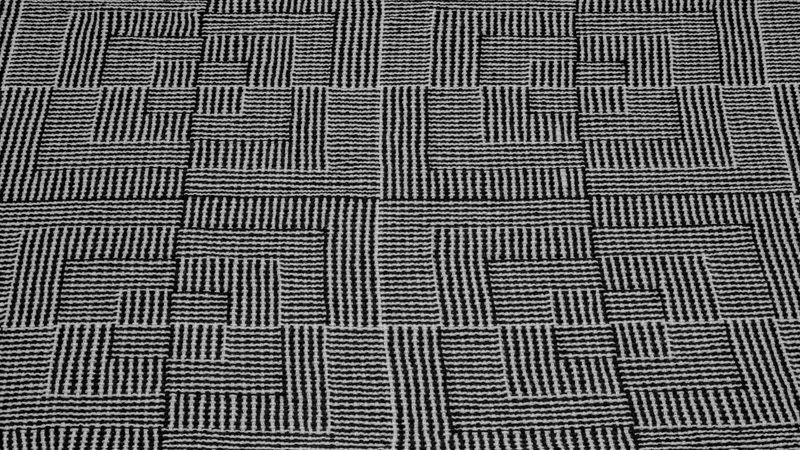
When I studied the draft, I realized this design was made by putting the shadow weave blocks in a different order than I am used to. Instead of following an ascending or descending order, the blocks are shuffled so that blocks with a large contrast are placed next to each other. I had never seen this use of shadow weave before, so it really excited me. As it turns out, designing shadow weave is less black and white than I thought.
Ready, sett, go!
My final design stayed close to the original draft of The Loomy Bin. I made the blocks a bit bigger, so that two repeats of the pattern would give me a nice and wide shawl. With that, I was all sett to start warping and weaving.
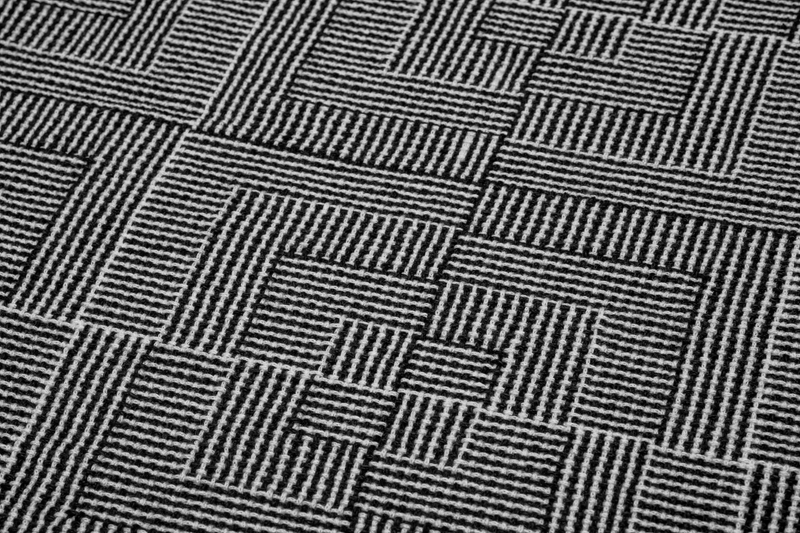
Weaving the shawl was fun. Due to the loose sett and the fairly thick yarn, the shawl almost flew of the loom. I am really pleased I discovered this new approach to shadow weave. The recipient of the shawl was, too.

